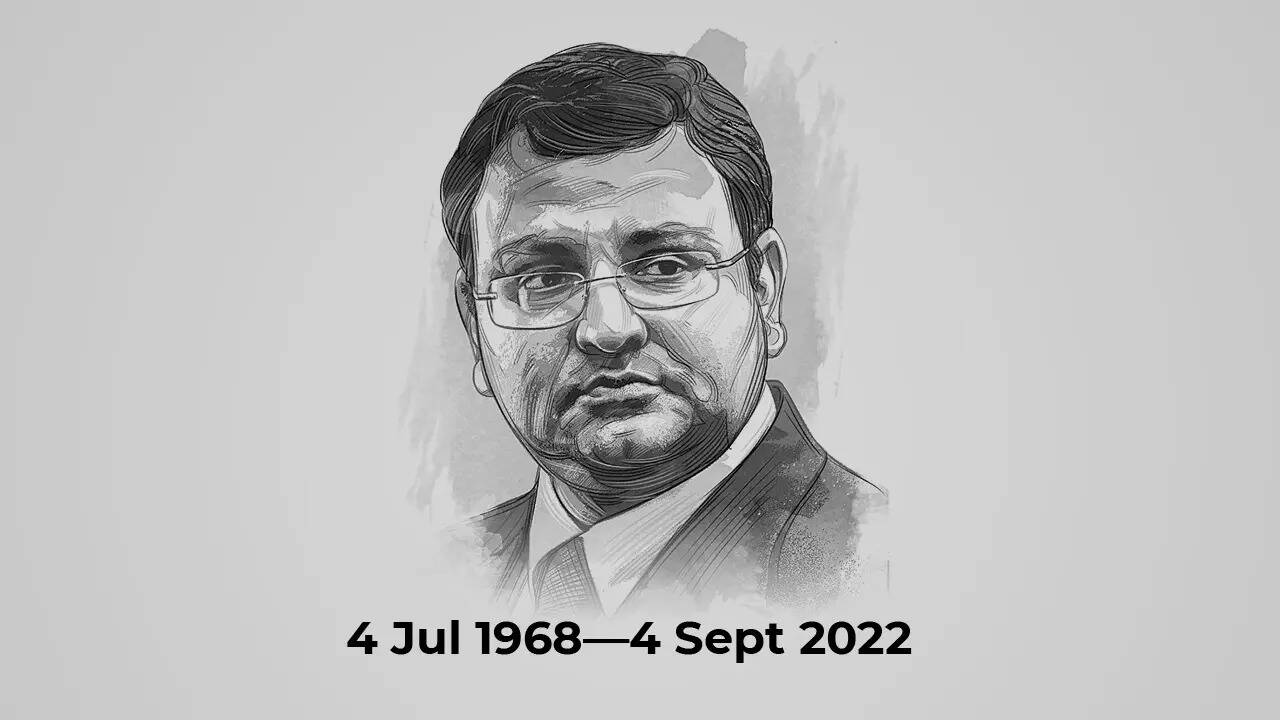
NEW DELHI: The seven-member forensic team investigating the crash that killed leading businessman Cyrus Mistry has concluded that the Mercedes-Benz SUV met with an accident due to “faulty design” of the bridge, while the deaths occurred as the rear seat occupants were not wearing seat belts.
Also, the team is understood to have concluded that the safety features deployed on the vehicle that was involved in the crash did their job, something seen due to the deployment of the relevant airbags when the accident occurred.
The team — which has been commissioned by the Maharashtra Police and the state transport department — has concluded that the car had been over-speeding, even though it is now carrying out software simulations and modelling to determine the vehicle’s exact speed.
“We have concluded that there was an infrastructure issue that led to the crash. The bridge parapet wall was found to be protruding into the shoulder lane. The design has been found to be faulty,” a source told TOI.
The forensic team — commissioned by Save Life Foundation — are all experienced professionals in crash investigations, and comprises two PHDs from IIT Kharagpur, mechanical and civil engineers, and one member who specialises in simulations and modelling.
“The condition of the car and fatal injuries clearly concludes that the vehicle had been over-speeding,” the source said.
And how did they conclude that Cyrus and the other deceased, Jehangir Pandole, were not wearing seat belts at the time of the crash? “We have confirmed results that conclude they were not wearing seat belts. If the seat belts had been strapped on at the time of the crash, there would have been scuff marks (slight abrasions) on them. We found the seat belts in proper condition and they were in their normal position. The tell-tale signs establish this.”
Apart from the Save Life Foundation’s investigation — which will submit its report shortly — a team from FSL (Forensic Science Laboratories), Kalina, is also looking into the crash.
Asked about the deployment of the airbags, the source said since it was a frontal impact, the airbags at the front were triggered. “Even the curtain airbag on the right side was deployed, perhaps due to the transfer of energy. The safety features seemed to have done their job, but since the rear seat occupants didn’t wear seat belts, they were thrown off their seats at high speed and weight, hitting the roof and other areas which led to the fatal injuries.”
The team is also in touch with Mercedes India officials as they prepare the report which will be submitted to the government very soon, the source said.